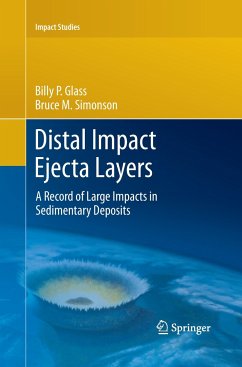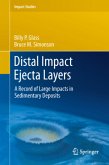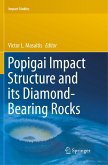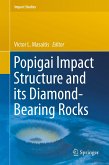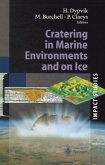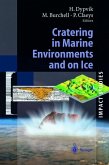Impact cratering is an important geological process on all solid planetary bodies, and, in the case of Earth, may have had major climatic and biological effects. Most terrestrial impact craters have been erased or modified beyond recognition. However, major impacts throw ejecta over large areas of the Earth's surface. Recognition of these impact ejecta layers can help fill in the gaps in the terrestrial cratering record and at the same time provide direct correlation between major impacts and other geological events, such as climatic changes and mass extinctions. This book provides the first summary of known distal impact ejecta layers
From the reviews:
"This book is an intensely detailed examination of what scientists know about ejecta layers in the sedimentary record, from Earth's earliest rocks through the modern era. ... A historical section at the end is especially useful to geologists sorting out how impacts have influenced physical and biological evolution. ... This book is a must have for anyone interested in impact history and theory. Summing Up: Highly recommended. Upper-division undergraduates through professionals." (M. A. Wilson, Choice, Vol. 50 (11), July, 2013)
"This book is an intensely detailed examination of what scientists know about ejecta layers in the sedimentary record, from Earth's earliest rocks through the modern era. ... A historical section at the end is especially useful to geologists sorting out how impacts have influenced physical and biological evolution. ... This book is a must have for anyone interested in impact history and theory. Summing Up: Highly recommended. Upper-division undergraduates through professionals." (M. A. Wilson, Choice, Vol. 50 (11), July, 2013)

